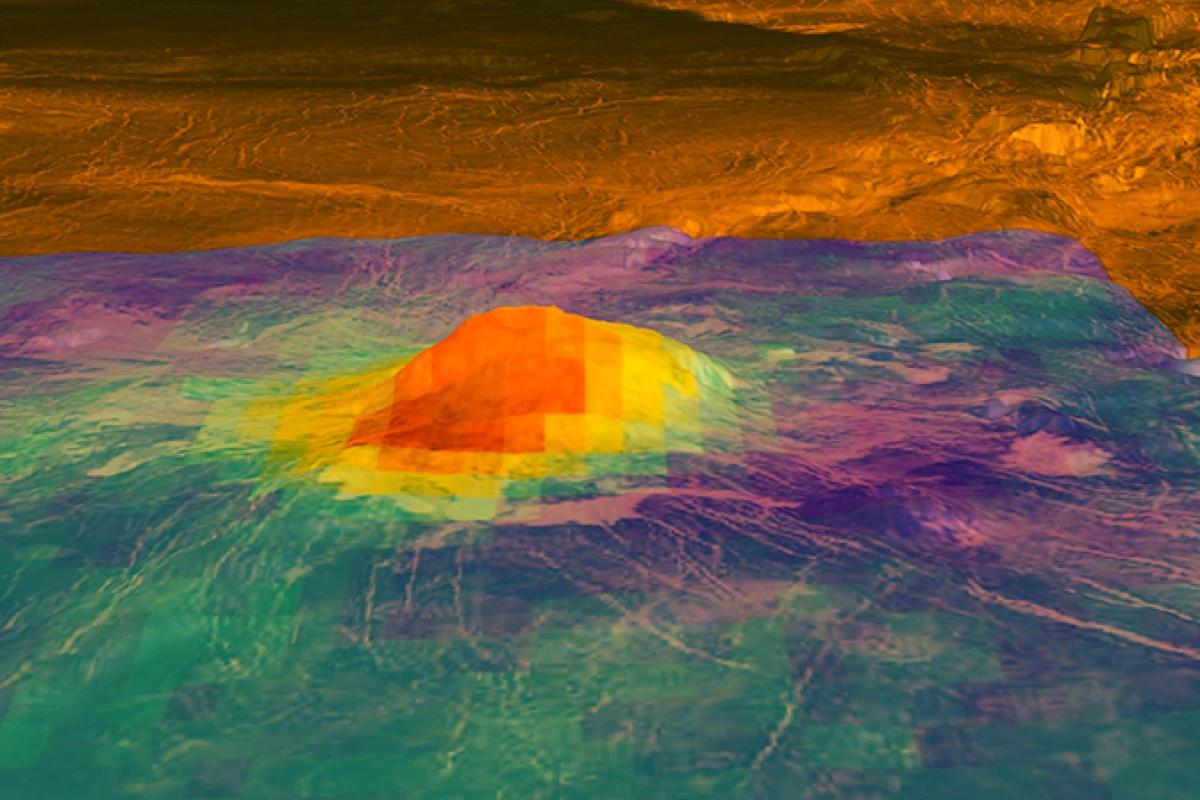A new study suggests that Venus may not be as geologically dead as we thought. Infrared spectra and laboratory work led by Justin Filiberto of the Universities Space Research Association (USRA) show that there may be volcanic activity on the planet, with some lava flows being only a few years old.
Venus has often been called Earth's twin, but half a century of up-close study by unmanned probes shows that it is hardly an identical twin. Aside from its surface conditions with temperatures that could melt lead, atmospheric pressure that on Earth can only be found in the deep sea, and rains of sulfuric acid, Venus also has a surface that is dominated by gigantic, albeit extinct volcanoes.
At least, it was thought that these volcanoes were all extinct, but there has been evidence suggesting otherwise. True, the planet lacks the dynamic tectonic activity of Earth that constantly shifts and renews the surface of our world, but there have been clues to activity like brief hot spots seen by orbiters in volcanic regions.
Now, nighttime infrared data from ESA's Venus Express orbiter allows scientists to identify which lava flows on Venus are older and which are newer. The question is, how new is new?
To answer this, Filiberto's team did laboratory work to determine how a simulated Venusian atmosphere interacts with minerals in the lava flows – specifically, olivine. What they found was that, under Venusian conditions, the green-hued mineral is coated with the iron oxide minerals magnetite and hematite in only a few years. This means that some of these flows may be very young and that Venus still has active volcanoes.
"If Venus is indeed active today, it would make a great place to visit to better understand the interiors of planets," says Filiberto. "For example, we could study how planets cool and why the Earth and Venus have active volcanism, but Mars does not. Future missions should be able to see these flows and changes in the surface and provide concrete evidence of its activity."
The research was published in Science Advances.
Source: USRA





